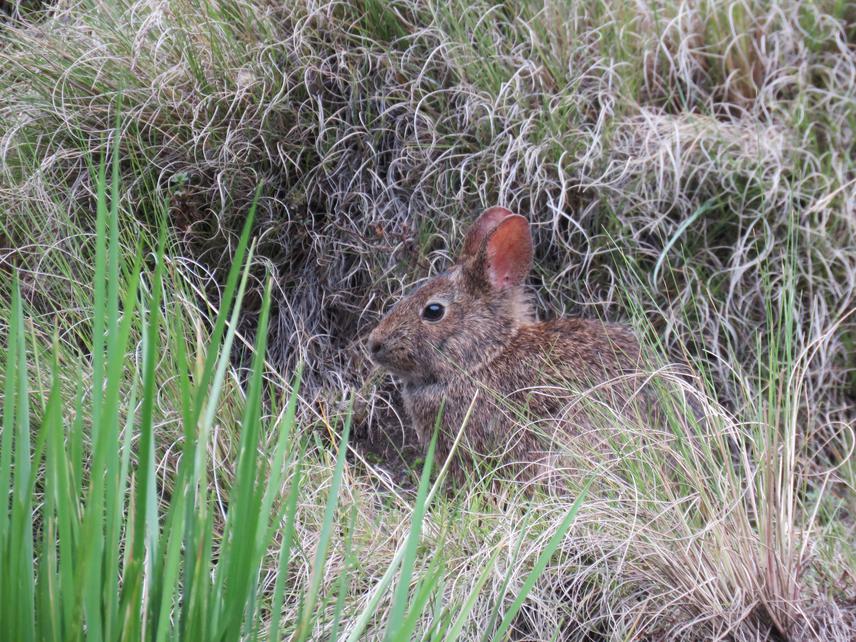Felipe Osuna
Other projects
22 Feb 2017
Distribution, Habitat Use and Population Genetics of the Volcano Rabbit (Romerolagus diazi) with Conservation Implications
15 Sep 2023
Research and Monitoring for the Conservation of the Volcano Rabbit (Romerolagus diazi) and its Habitat, the Temperate Grasslands of Central Mexico
I will complete to precisely determine the current Volcano Rabbit distribution range and identify priority sites for conservation.
I will study its population genetics and obtain different genetic parameters that will let me understand its conservation genetics state.
I will work with a community monitoring group and a social media advertising team to design and develop a sustainable conservation strategy based on responsible and low impact ecotourism.

The Volcano Rabbit (Romerolagus diazi) is an endemic specialist lagomorph restricted to the volcanic fields Sierra Chichinautzin and Nevada, in center México. It is endangered because of the modification and lose of their habitat due to anthropic pressures. Its biological peculiarities and conservation problematic make relevant the research of ecological, evolutionary and social features in order to design and develop integral conservation strategies.
With the Rufford Small Grant I studied the habitat use of the Volcano Rabbit and begun the delimitation of their current distribution. With this project, I will complete the explorations to precisely determine it. Compare the current distribution with the historical one will be let me elucidate their contraction pattern. In combination with tools from the Systematic Conservation Planning I will identify priority sites for the conservation.
I am investigating the Volcano Rabbit´s genetics of populations. I will obtain different genetic parameters that will let me understand its conservation genetic state and elucidate, among other things, three key elements for their conservation; a) its global and local genetic diversity, b) the number of genetic group’s presents (potential management units) and c) the gene flow between them, with the possibility to identify corridors.
With the Rufford Small Grant I helped in the conformation and capacitation of the community monitoring group from Río Frío. With the continuation of this project, and in collaboration with a social media advertising team, we will design and develop a conservation strategy based on social media and ecotourism to promote the sustainability of this community group. The social media platforms will allow us to do environmental education and at the same time offer responsible and low impact ecotourism based on hiking, give basic ecotourism talks, and teach natural history workshops about the Volcano Rabbit and the wild life that inhabits this amazing region.